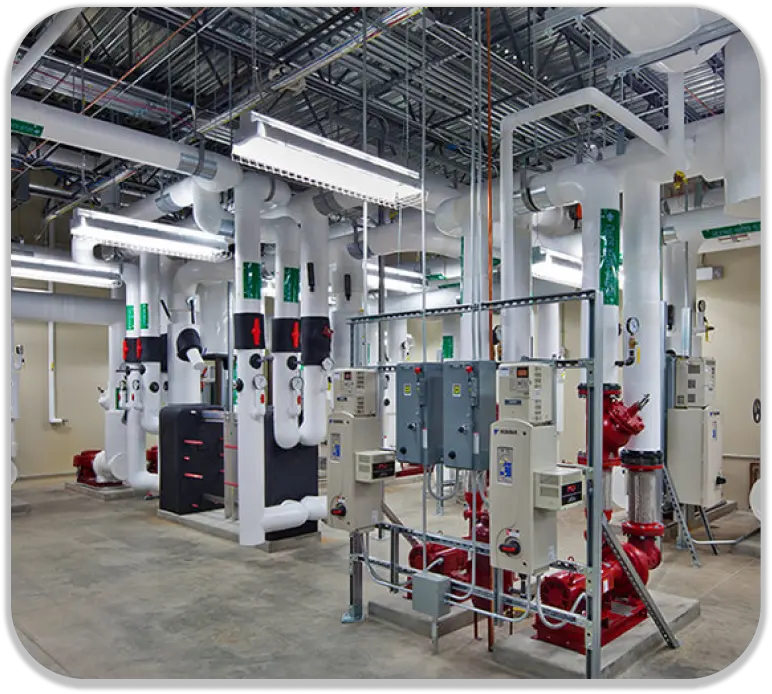SEMICONDUCTOR
FABS IN US
Prominent semiconductor
companies have started
and declared programs to
build US-based fabs, and
others are being planned.
DeepTech can help you
proceed in this journey.
Booming Semiconductor
Sector Prediction
China and Southeast Asia have been the centers of semiconductor manufacturing consolidation for many years. A recent White House statement stated that the percentage of semiconductors produced in the United States today only makes up around 12 percent of the global total, compared to 37 percent thirty years ago. The quantity varies according to node size, and the majority of leading edge chips those with nodes smaller than ten nanometers are made in East Asia, however other fabs outside of this continent are now increasing output.
Good supply chains reduced the incentive for corporations to establish new factories outside of Southeast Asia. However, the COVID-19 pandemic and the ensuing supply chain interruptions have presented difficulties for chip output and distribution recently.
The difficulties have been made worse by the Taiwanese drought of 2021 and current geopolitical concerns. Companies are now more interested in diversifying their fabrication sites and looking into US locations as a result of these factors. One of the primary factors taken into account while assessing possible new locations is the availability of subsidies.

US Fab Construction Challenges
Nonetheless, a number of semiconductor businesses are delaying their capital investment due to the present state of the economy. This presents a conundrum for businesses, as they may choose to manage cash flow constraints while investing in the through cycle in order to prevent future supply shortages. This is in addition to the positive expectation for future demand. The difficulties involved in building fabs in the US could differ from those in other nations. A number of projects, especially those involving personnel and supply shortages, have already encountered delays.
Furthermore, the construction process is becoming even more risky due to the fluctuating cost of commodities used as raw materials. The possible way forward for businesses hoping to keep operating US factories in the face of all this uncertainty? A mix of creative financing, more thoughtful design, greater prefabrication, and better strategies for negotiations, scheduling, and cost control.A combination of innovative finance, more deliberate design, increased prefabrication, and improved scheduling, cost control, and negotiating techniques.
The Surge In US
Fabrication Building
China and Southeast Asia have been the centers of semiconductor manufacturing consolidation for many years. A recent White House statement stated that the percentage of semiconductors produced in the United States today only makes up around 12 percent of the global total, compared to 37 percent thirty years ago.
The quantity varies according to node size, and the majority of leading edge chips those with nodes smaller than ten nanometers are made in East Asia, however other fabs outside of this continent are now increasing output.

Good supply chains reduced the incentive for corporations to establish new factories outside of Southeast Asia. However, the COVID-19 pandemic and the ensuing supply chain interruptions have presented difficulties for chip output and distribution recently. The difficulties have been made worse by the Taiwanese drought of 2021 and current geopolitical concerns. Companies are now more interested in diversifying their fabrication sites and looking into US locations as a result of these factors. One of the primary factors taken into account while assessing possible new locations is the availability of subsidies.

Out of the $250 billion to over $275 billion invested in new US factories, roughly $183 billion is linked to declared or existing projects; the remaining amount is related to initiatives that are still being considered. The majority of investment is going to particular geographic areas. For example, the fact that Texas and Arizona already have robust ecosystems and that their local governments have traditionally supported the process with incentives and coordination are drawing investment. Adding to the significant incentives play are the announcements of nearly $20 billion in investment for fabs situated in Columbus, Ohio, and New York’s incentives programs aimed at promoting fab building. New Mexico, Oregon, Utah, Virginia, and Indiana are some of the other states that are luring investment.
Contact Us


